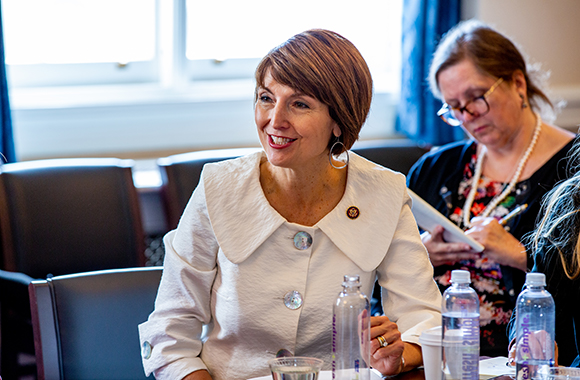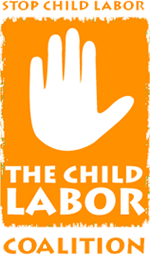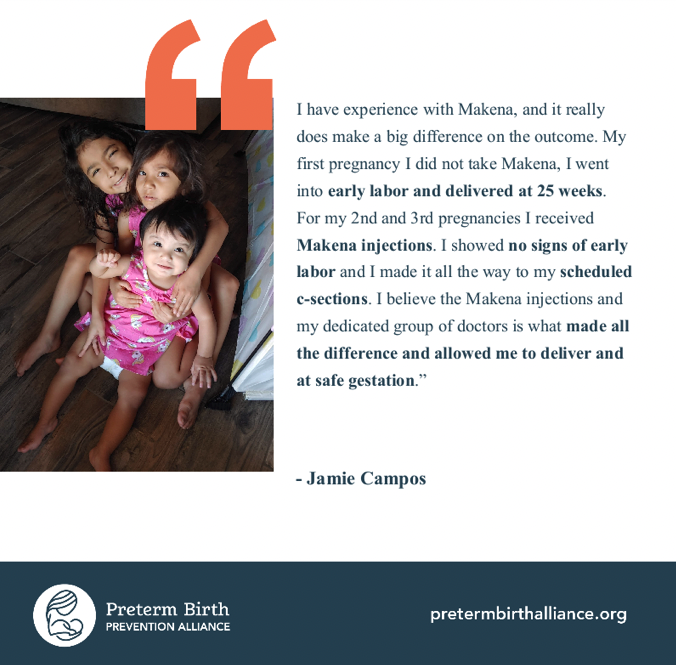What’s the real cost of a banana?
 By Nailah John, Linda Golodner Food Safety and Nutrition Fellow
By Nailah John, Linda Golodner Food Safety and Nutrition Fellow
When we buy a product at our local grocery store, we sometimes do not think of how the product was sourced or what it took to get it to our shopping cart. One such commonly consumed product are bananas. With more than a billion eaten yearly, it’s one of the top five fruits consumed worldwide. Let us ask the question, “what is the real cost of a banana?” by diving deeper into the banana industry and, specifically, its exploitation of child labor.
According to the International Labor Organization, child labor is defined as “work that deprives children of their childhood, their potential and dignity, and that is harmful to physical and mental development.” Globally, 152 million children are trapped in child labor, highlighting the extent of the problem. The banana industry is just one of many industries using child labor. The two regions that are the largest producers of bananas are Asia and Latin America.
According to the U.S. Department of Labor’s 2017 Findings of the Worst Forms of Child Labor, 57 percent of child laborers in Brazil were working in agriculture, with high concentration in the North and the Northeast regions. In Brazil, the Government of Brazil’s Household Survey estimated that 2,936 children under the age of 14 were involved in cultivating bananas in 2015. When Oxfam New Zealand interviewed households in banana plantation towns in the Philippines, they found that 22.5 percent reported having a child working.
Banana plantation laborers in the Philippines may be hired by middlemen who deploy them to different plantations or farms owned by corporate growers, Oxfam New Zealand found. On these banana plantations, child laborers are assigned to bagging and stripping of banana leaves. These growers then sell bananas to major global brands such as Dole, Chiquita, or Del Monte.
The U.S. imported over $2.8 billion in bananas which is 17.6 percent of total imported bananas in 2019 according to World Top Exports. As consumers, we have the power to demand that companies create non-exploitative, fair trade, and child labor free products. Consumers need to take a stance against products made with child labor, which would put pressure on companies to implement fair and ethical policies governed by accountability measures. It is an indisputable truth that how you spend your money can literally affect the lives of millions around the world.
As consumers in a country with dominant economic power, it is imperative for us to learn about the origins of the products we use. We all must do our part. One way to start is to download an app called Sweat & Toil—created by the U.S. Department of Labor—which lets you:
- check countries’ efforts to eliminate child labor;
- find child labor data;
- browse goods produced with child labor or forced labor;
- review local and international laws and ratifications; and
- see what governments can do to end child labor.
The other way consumers can make more responsible decisions is by visiting the Equal Exchange online and via social media. In 1986, Equal Exchange became a pioneer in fair trade coffee by paying mutually agreed upon prices with a guaranteed minimum to small-scale coffee farmers. And in 2006, it began working towards applying this model to bananas. Equal Exchange bananas are grown at three small farmer cooperatives in Ecuador and Peru. Through democratically organized co-ops, farmers leverage collective resources and obtain access to global markets, maintaining agency over their businesses, land, and livelihoods. Consumers can request these bananas from their local grocery stores.
The banana industry continues to engage in unfair labor practices, subject workers to dangerous working conditions, and perpetuate global inequalities. Let us be informed consumers and take action to stop child labor by supporting certified, fair trade organic bananas.



 By Child Labor Coalition intern Ellie Murphy
By Child Labor Coalition intern Ellie Murphy
 Happy Labor Day everyone! The breaking news about this year’s Labor Day Celebrations is that a cross-section of Americans support labor unions in higher numbers. In fact,
Happy Labor Day everyone! The breaking news about this year’s Labor Day Celebrations is that a cross-section of Americans support labor unions in higher numbers. In fact, 











